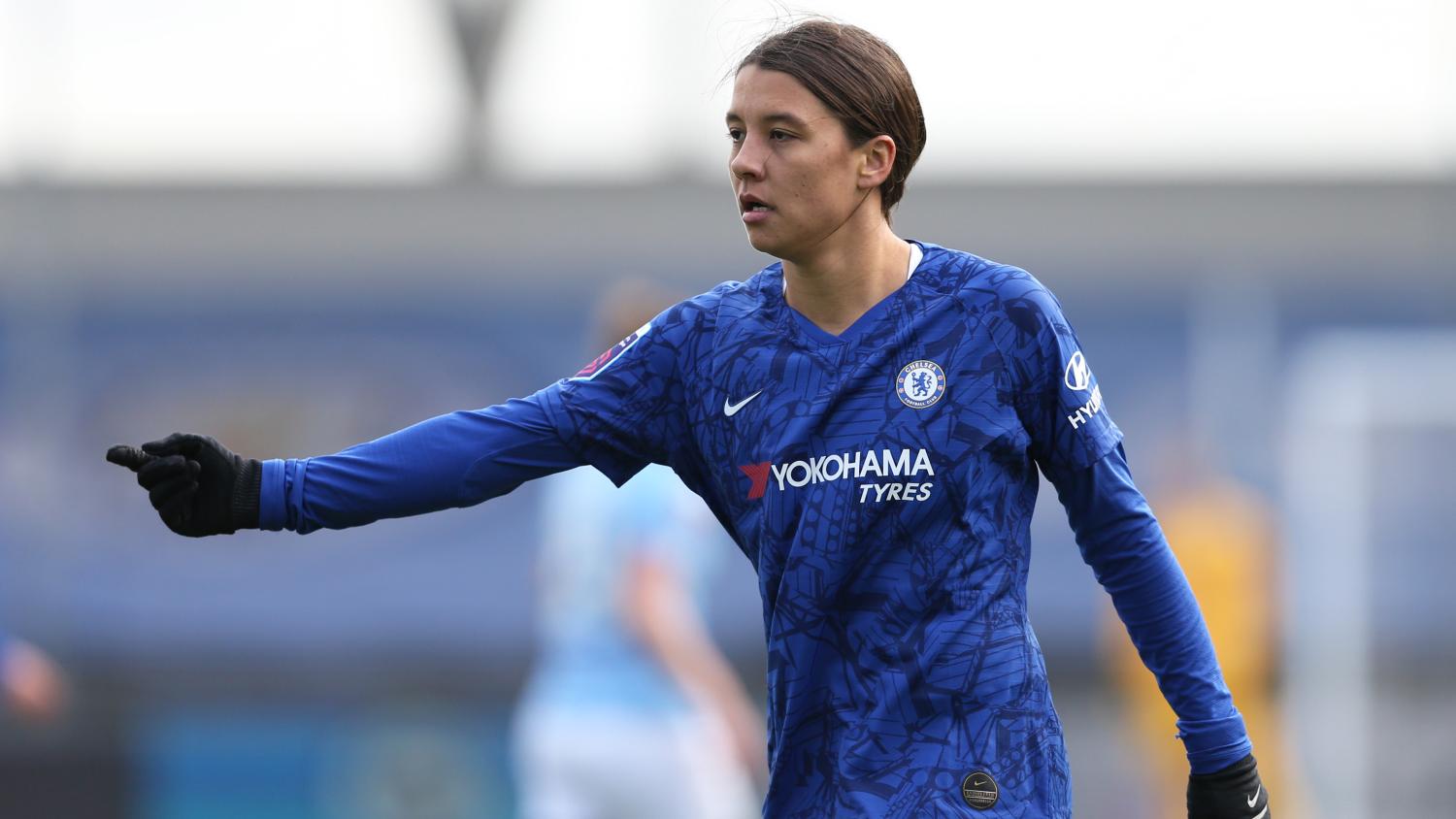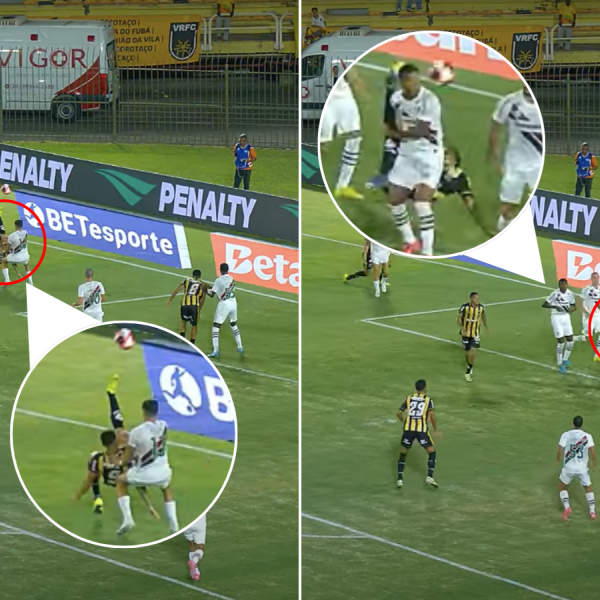The summer transfer window is open and will stay open for the next few months. Huge signings and huge sums of money have been spent on the men's side, and I’m sure most of us know the ins and outs of the men's transfer market.
Welcome to Wolves, Matija Sarkic!
The 23 year-old Montenegro international goalkeeper becomes our first addition of the summer.— Wolves (@Wolves) July 27, 2020
But what about the women’s market? What ‘goes down’ in these negotiations?
It is fairly similar to the men’s game — for the most part. The only difference might be within the numbers, so let’s break down some of these numbers.
In 2019, FIFA reported that men's clubs spent a record high of $7.35 billion (£5.65bn) on international transfers in 2019, compared to just over $650,000 (£500,000) in the women's game.
Even though there has been an increased audience and revenue for the women’s game around the world, there’s still a relatively low rate for transfer fees.
FIFA also said that 96.3 percent of women's international moves in 2019 were free transfers.
The BBC said that the low rate of transfers actually occurring in the women’s game AND the presence of short-term contracts are the causes for such sparse transfers.
The average lifespan of a contract in the women’s game is 12.1 months, which seems stressful. On the other hand, the lifespan of a contract in the men’s game usually lasts for four years. So on the women’s side, they have to worry about their job every single year. Talk about uncertainty.
A breakthrough campaign
Following a fine debut season, Brandon Williams has been rewarded with a new deal #MUFC— Manchester United (@ManUtd) August 4, 2020
And with the Reign/Spirit trade done, can finally report that according to multiple sources, the Rose Lavelle to Manchester City trade is officially a go, one year contract, mutual option.
— Meg Linehan (@itsmeglinehan) August 16, 2020
Atlético Madrid have announced the signing of England international midfielder Jade Moore on loan until February https://t.co/yUphgg6ems
— Womens Transfer News (@womenstransfer) August 18, 2020
CONFIRMED! And it's big news!
Welsh international legend, Jess Fishlock MBE joins the Royals on loan from @OLReignWelcome to Reading, @JessFishlock
— Reading FC Women (@ReadingFCWomen) August 19, 2020
Along with that, FIFA reported that in 2019, a total of 833 transfers were completed around the world for the women’s game. Comparatively, the Big 5 European men's leagues completed 8,935 international transfers in their summer transfer window.
Of the 833 transfers in the women’s game, a total of $652,032 was spent on transfer fees. Of those deals, only 3.7 percent involved a transfer fee, compared to 14.9 percent in the men's game.
Women's football agent Reece Land, founder of Next Gen Sport Solutions, told BBC Sport: “There's no security for a player to maybe leave a full-time job and just go on an average of a one-year contract.”
So who has had the most expensive transfer fee in the women’s game? Unfortunately, a lot of these numbers go under the radar and are not reported, possibly because the numbers are so puny?
One of the most high-profile transfers in the women’s game happened in 2019 when Australian Sam Kerr moved to Chelsea on a deal worth more than $600,000 per season.
.@samkerr1 and her @ChelseaFCW teammates will be looking to add the Women's Community Shield to a fast filling trophy cabinet. https://t.co/6QvhXeF0Qj
— Westfield Matildas (@TheMatildas) August 13, 2020
That’s all fine and dandy until you compare it to the almost $200 million deal made when Neymar moved to PSG.
And don’t come at me with the ‘but the men’s game brings in more revenue’ argument. Women’s soccer is at a disadvantage because broadcasting networks and FIFA don’t give it a chance to flourish. The recent NWSL Challenge Cup was aired on CBS All Access, and there wasn’t an option to watch it on a regularly streaming football site. So, if anything, the men’s game brings in more revenue because it is given better tools.





